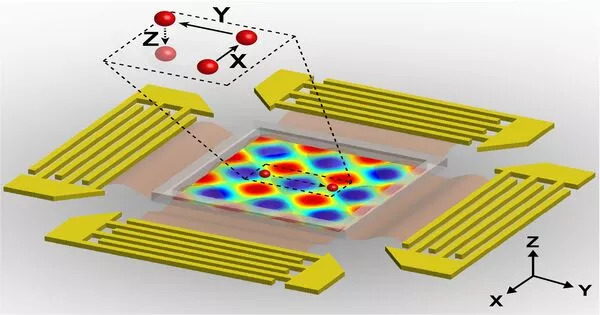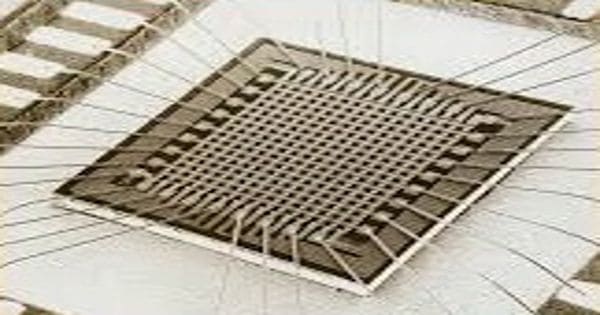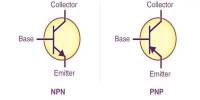Acoustic tweezers (or acoustical tweezers) are used to manipulate the position and movement of very small objects with sound waves. It refer to a technology that uses sound waves to manipulate small objects. Strictly speaking, only a single-beam based configuration can be called acoustical tweezers. Similar to optical tweezers, which utilize focused laser beams to trap and move particles, acoustic tweezers utilize sound waves to achieve the same effect. However, the broad concept of acoustical tweezers involves two configurations of beams: single beam and standing waves.
The technology works by controlling the position of acoustic pressure nodes that draw objects to specific locations of a standing acoustic field. The target object must be considerably smaller than the wavelength of sound used, and the technology is typically used to manipulate microscopic particles.
The trapped objects in acoustic tweezers are typically microscopic particles or biological cells suspended in a fluid medium. The particles are manipulated by adjusting the properties of the sound waves, such as the frequency, amplitude, and phase. By altering these parameters, the trapped objects can be moved, rotated, or assembled into desired configurations.
Principle
The basic principle behind acoustic tweezers is the generation of standing waves, which are produced by the interference of two or more sound waves. These standing waves create regions of high and low pressure, known as nodes and antinodes, respectively. By carefully controlling the frequency and phase of the sound waves, it is possible to create stable trapping forces within the nodes.
Acoustic waves have been proven safe for biological objects, making them ideal for biomedical applications. Recently, applications for acoustic tweezers have been found in manipulating sub-millimetre objects, such as flow cytometry, cell separation, cell trapping, single-cell manipulation, and nanomaterial manipulation. The use of one-dimensional standing waves to manipulate small particles was first reported in the 1982 research article “Ultrasonic Inspection of Fiber Suspensions”.
Method
In a standing acoustic field, objects experience an acoustic-radiation force that moves them to specific regions of the field. Depending on an object’s properties, such as density and compressibility, it can be induced to move to either acoustic pressure nodes (minimum pressure regions) or pressure antinodes (maximum pressure regions). As a result, by controlling the position of these nodes, the precise movement of objects using sound waves is feasible. Acoustic tweezers do not require expensive equipment or complex experimental setups.
Advantages
Acoustic tweezers offer several advantages over other manipulation techniques. They can be used to handle delicate or sensitive samples without physical contact, minimizing the risk of damage or contamination. Additionally, acoustic tweezers are non-invasive and can be utilized in biological and medical applications, such as cell sorting, tissue engineering, and microsurgery.
The development of acoustic tweezers has opened up new possibilities in various fields, including biology, physics, chemistry, and materials science. Researchers continue to explore and refine this technology to enable more precise and complex manipulation of objects at the micro- and nanoscale.
















